Nevada’s Most Unwanted
The story of the gambling capital’s Black Book
Christopher Turner
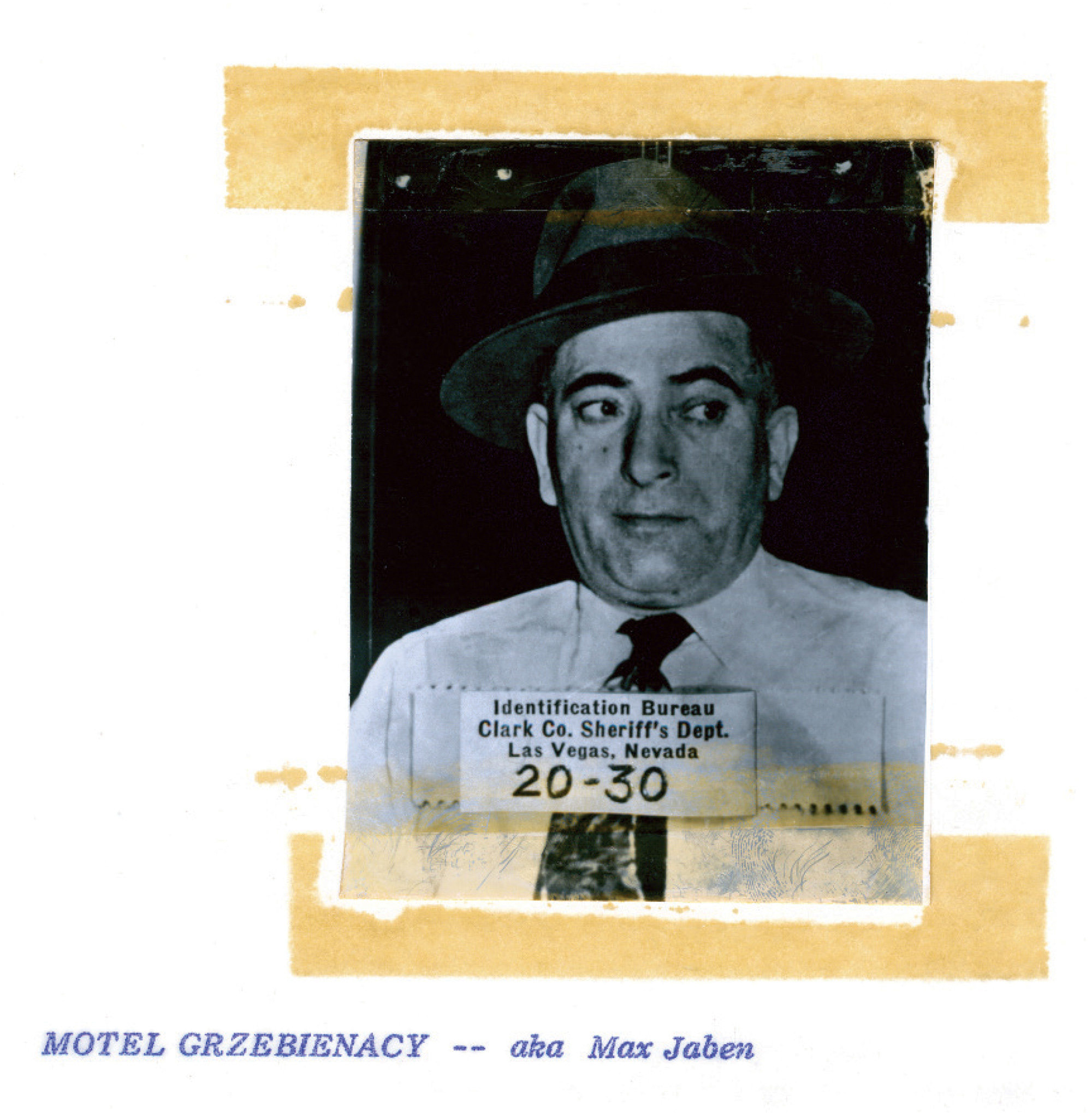
In 1960, Nevada’s Gaming Control Board released a makeshift publication bound together with scotch tape, which they named the “Black Book” after the color of its binding. The book listed eleven “persons of notorious or unsavory reputation” who were to receive a life-long ban from owning, managing, or entering Nevada’s casinos. Las Vegas was becoming a gangsters’ paradise and, fearing Federal intervention, the State sought to protect their sovereignty over the lucrative gambling industry by scapegoating those whom the book described as “known hoodlums.” The Black Book was distributed to all state-licensed gaming establishments and included mug shots of the original eleven chancers, along with a short physical description of each, their FBI file numbers, and a list of all their nicknames and aliases (they had 53 between them).
The year the Black Book came out was also the year that the original Ocean’s 11 was released, the film in which Frank Sinatra masterminds the simultaneous robbery of five Vegas casinos. The Black Book Rat Pack were all Italian, caricatures of the mafia stereotype, well-known and feared gangsters: Murray “the Camel” Humphreys was a lieutenant of Al Capone; Joseph “Wild Cowboy” Sica was one of Mickey Cohen’s henchmen; Sam “Mooney” Giancana—who was described by one police official as “a snarling, sarcastic, ill-mannered, ill-tempered, sadistic psychopath”—was one of the twelve overlords of the American Mafia and Frank Sinatra’s most infamous friend. In 1963, Giancana spent eleven days at the casino that Ol’ Blue Eyes owned in Lake Tahoe, in violation of the Black Book’s new ruling. As a result, the gaming commission threatened to revoke Sinatra’s gaming license and, fearing the bad publicity that this would cause, Sinatra sold his interest in Nevada’s gambling industry.
Of the founding members of this reluctant club, only Marshal Caifano (a.k.a. John Marshall) and Louis Dragna are still on the list. In 1960, Caifano was high up in the Chicago Mafia and was suspected of having committed several gangland executions—“I’ve never seen colder eyes in my life,” reported a journalist at the time. Dragna had replaced Mickey Cohen as head of the Los Angeles mob.
These surviving stalwarts were originally the ones who put up the most fight to the idea of an exclusion list. As soon as the restriction came into effect, Caifano and Dragna checked into the most luxurious of Las Vegas’s casino hotels, armed with a gang of civil rights lawyers, and embarked on a conspicuous tour of the Tropicana, Flamingo, and Stardust’s blackjack and craps tables. They were closely trailed by gaming control agents and the casinos were forced to evict them. The two mobsters subsequently took the regulators to the federal courts, arguing that the Black Book ban constituted a violation of their civil rights. Two years later, they lost their case when the courts ruled that access to a casino wasn’t a basic human right, as the mobsters lawyers maintained, but a privilege. (Caifano appealed to the US Supreme Court, which denied him a hearing in 1967.)
“The opportunities for rich pickings in this sanctuary for gamblers would assuredly be tempting to hoodlums and gangsters,” the court concluded when it upheld the ban. “Let the gangsters move in from the underworld and the resultant crooked games, cheats, frauds, swindles will lead inevitably to gangland-style kidnappings and killings and would mean the end of Nevada’s rich gambling take.”
No changes were made to the Black Book until 1975, when it was officially named The List of Excluded Persons, after a state resident complained that the original title was racist. It now has a silver cover and includes 37 names, the majority of which are still Italian. It features only one woman, Sandra Vaccaro, who in 1986 received the dubious honor of being the only female to have ever made it onto the list. In September 2004, Eugene “GiGi” Bulgarino, an associate of the Philadelphia mob, and his accomplice Dennis McAndrew became the most recent additions to Nevada’s most unwanted. The pair were jailed in 1999 when they were caught using a handheld computer to trigger slot machine jackpots, a scam which reportedly netted them over $6 million.
For more information, see Farrell and Case’s The Black Book and the Mob: The Untold Story of the Control of Nevada’s Casinos (Madison: University of Wisconsin Press, 1995). For mug shots and descriptions of those on Nevada’s current “List of Excluded Persons,” see: http://gaming.nv.gov/loep_main.htm [link defunct—Eds.].
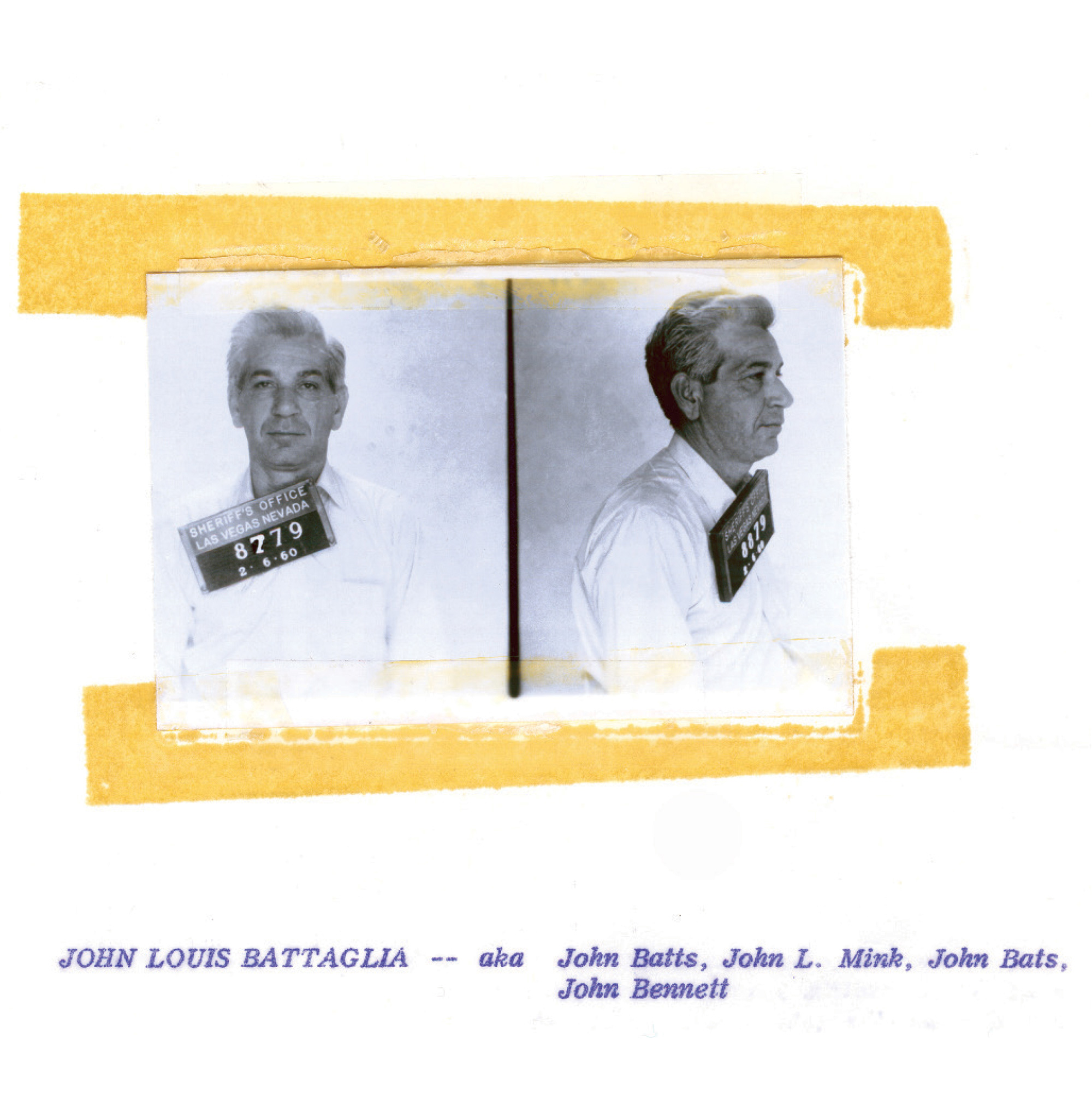
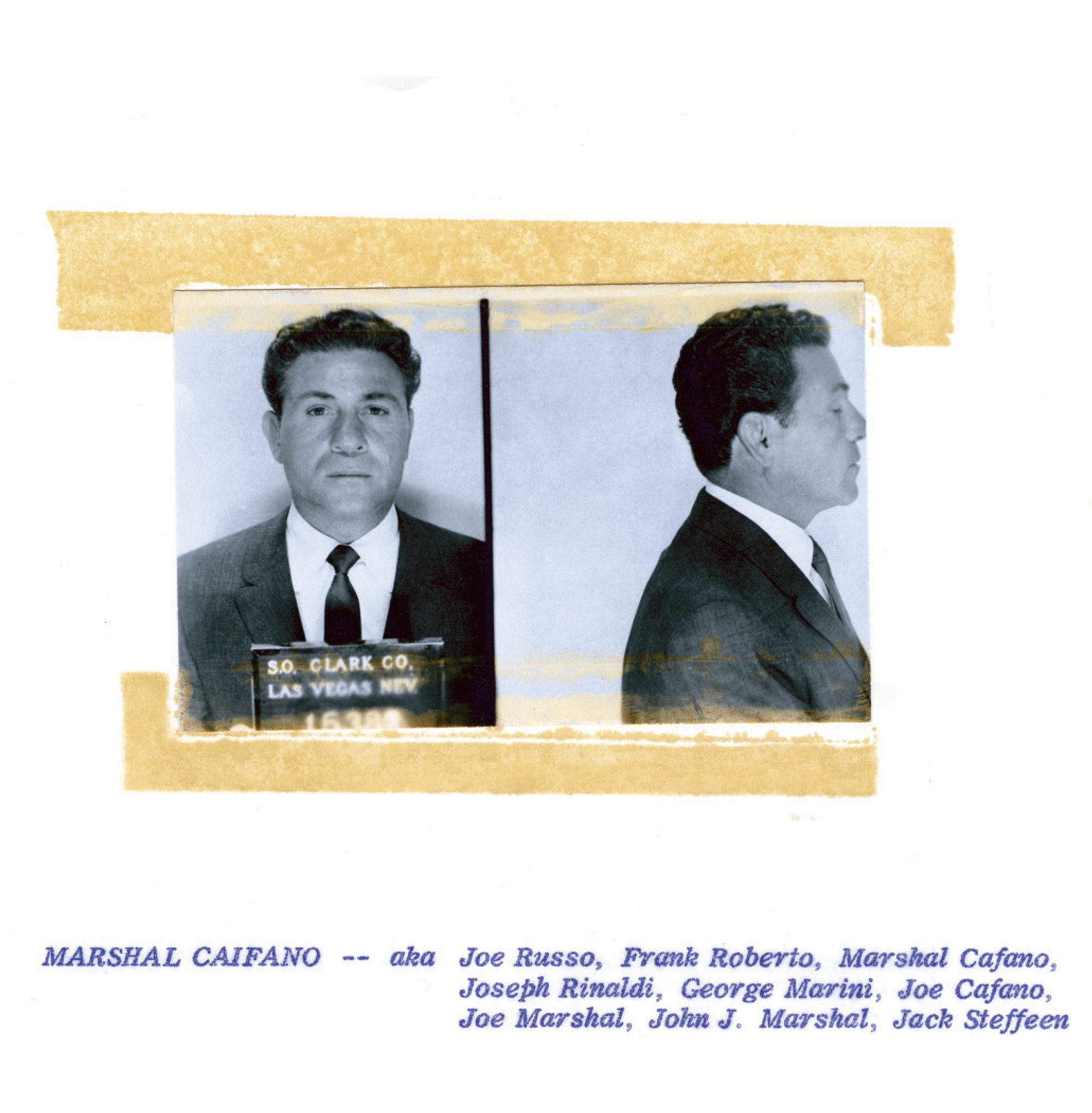
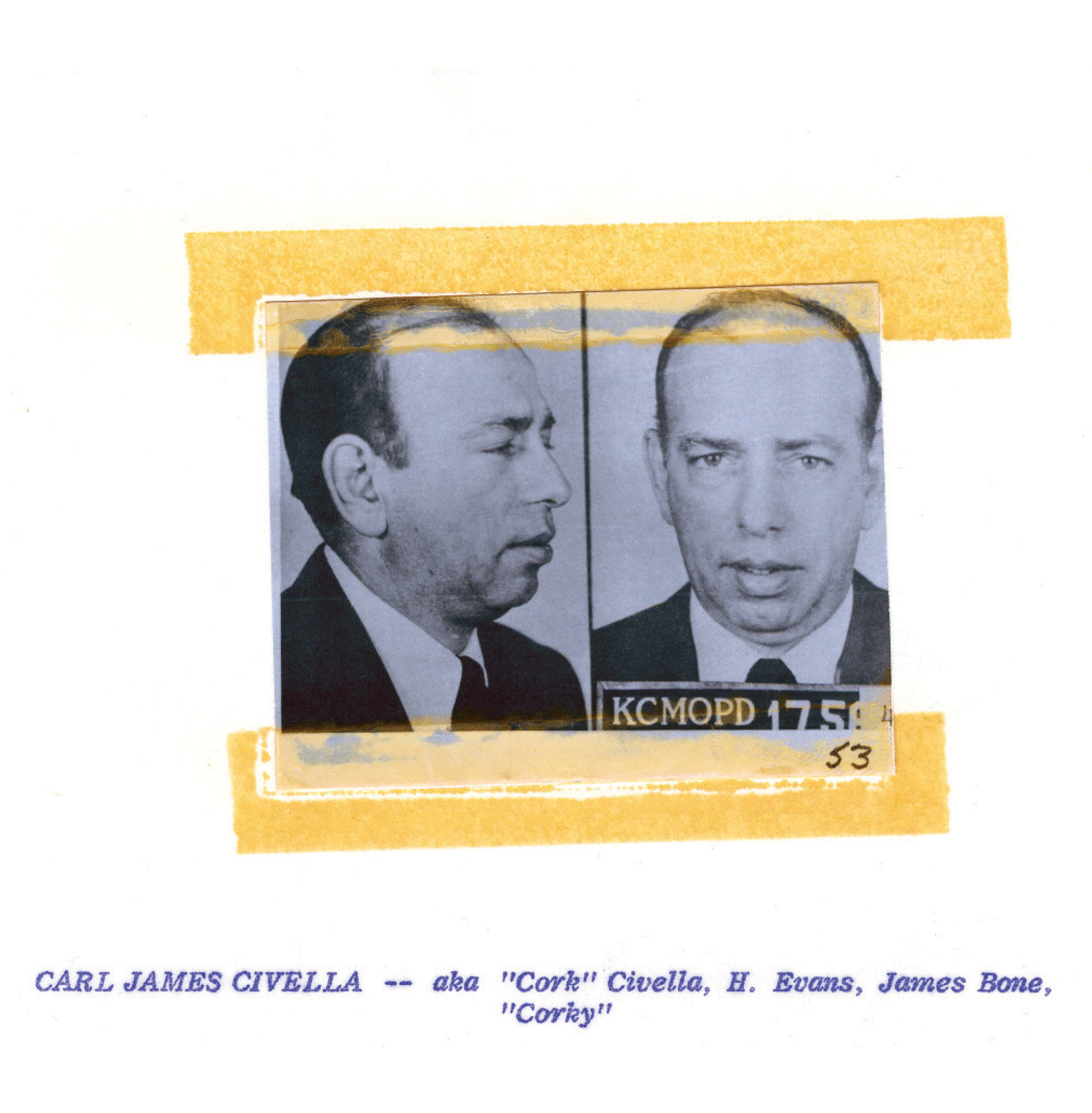
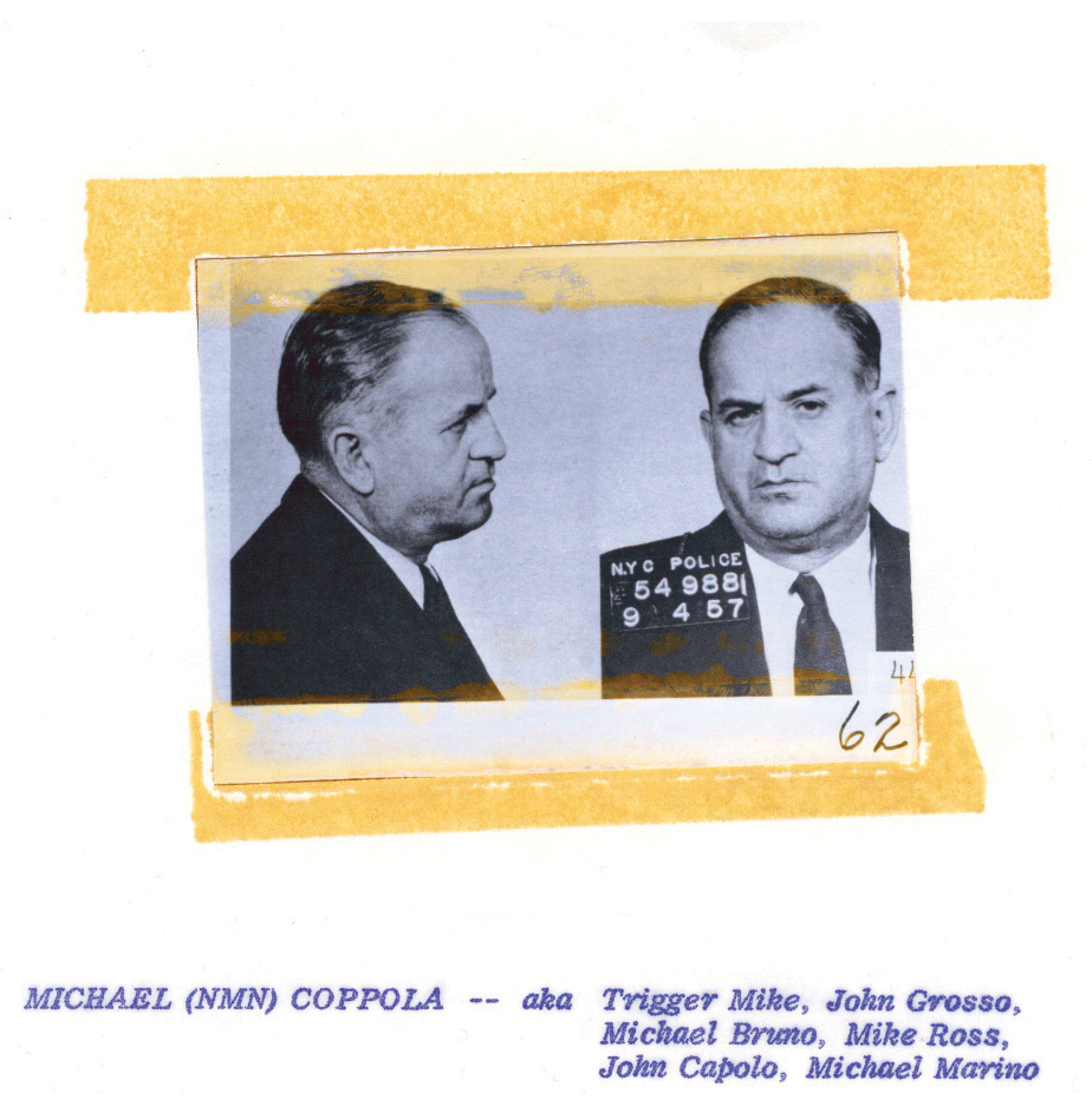
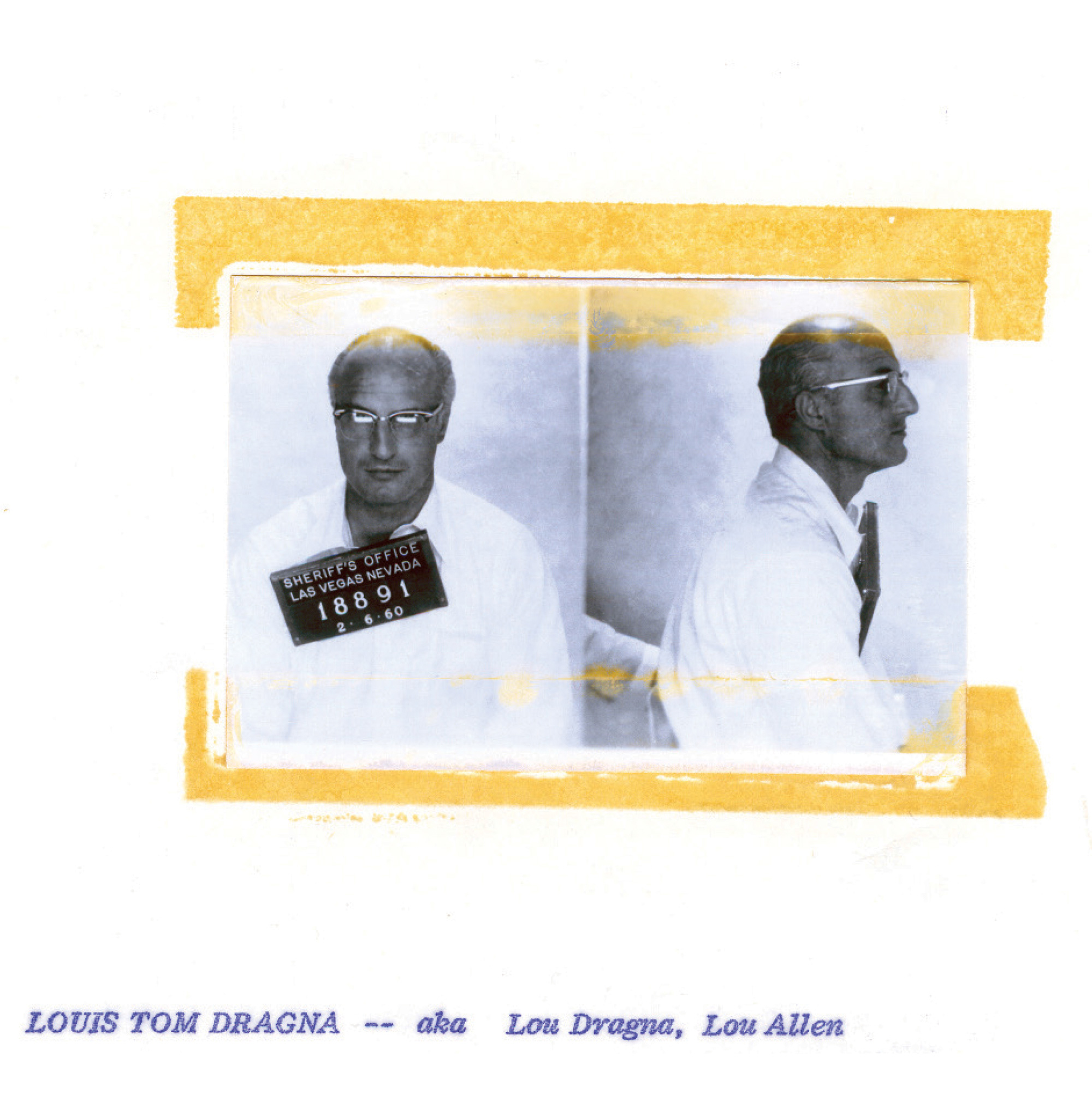
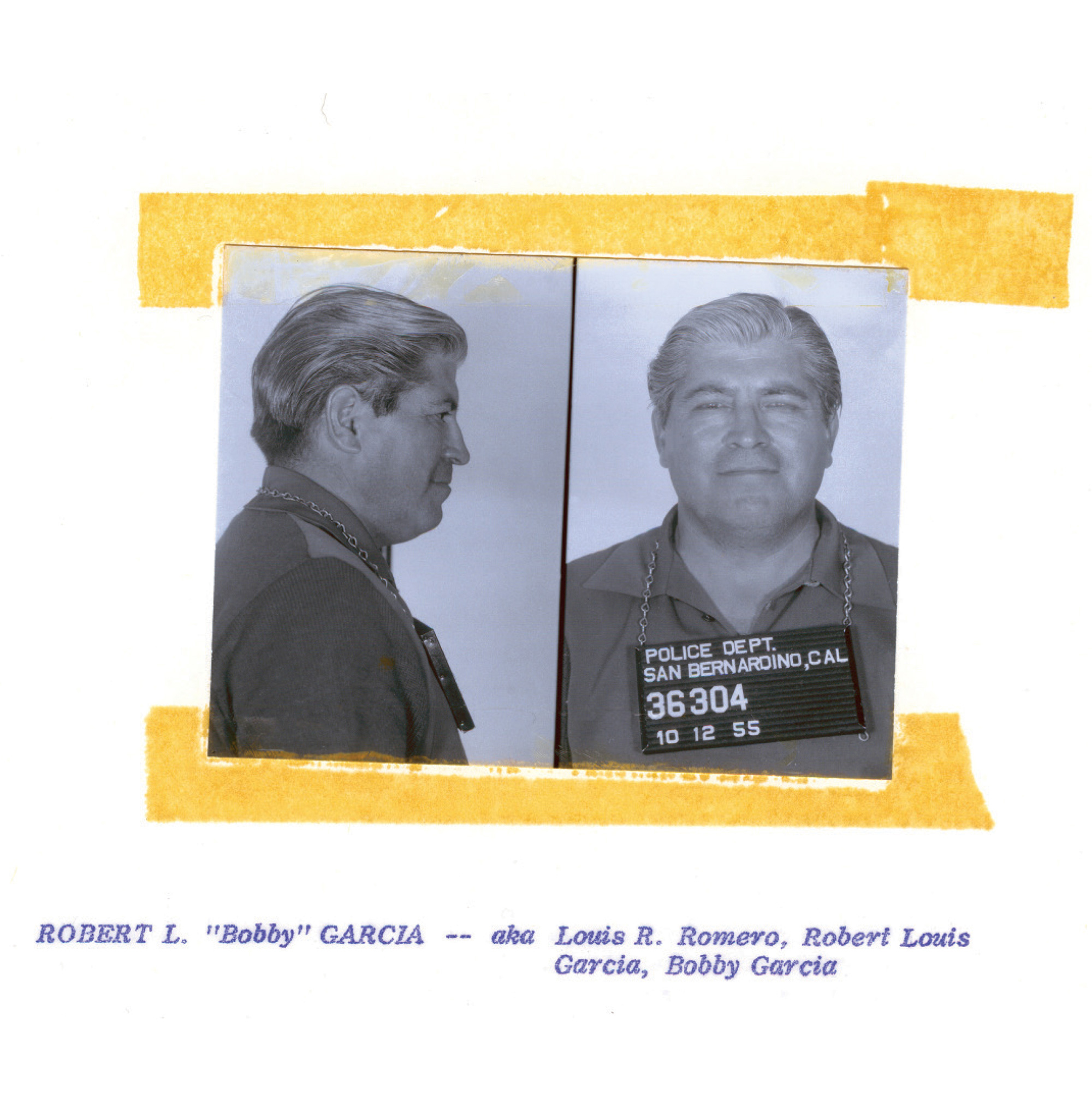
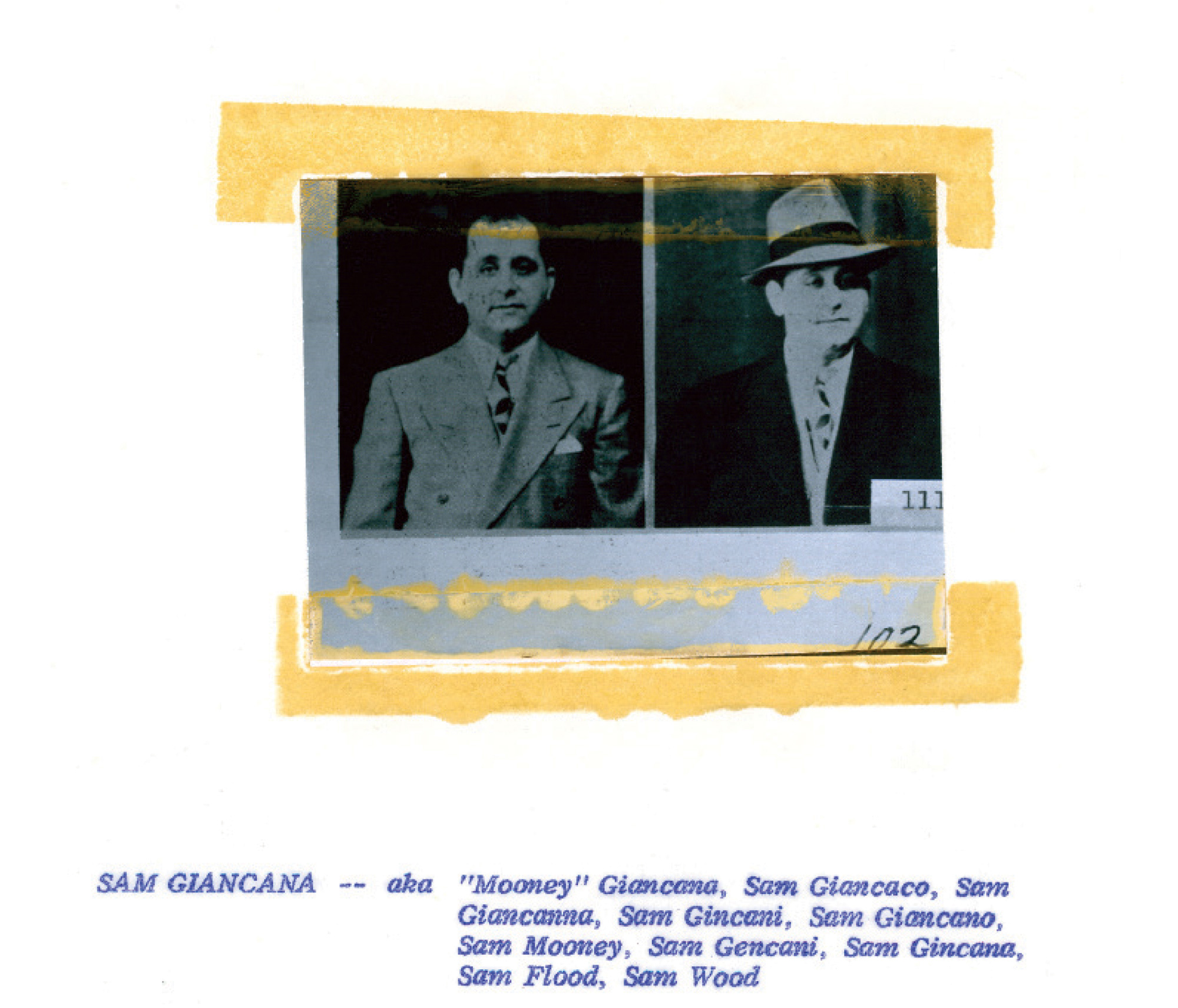
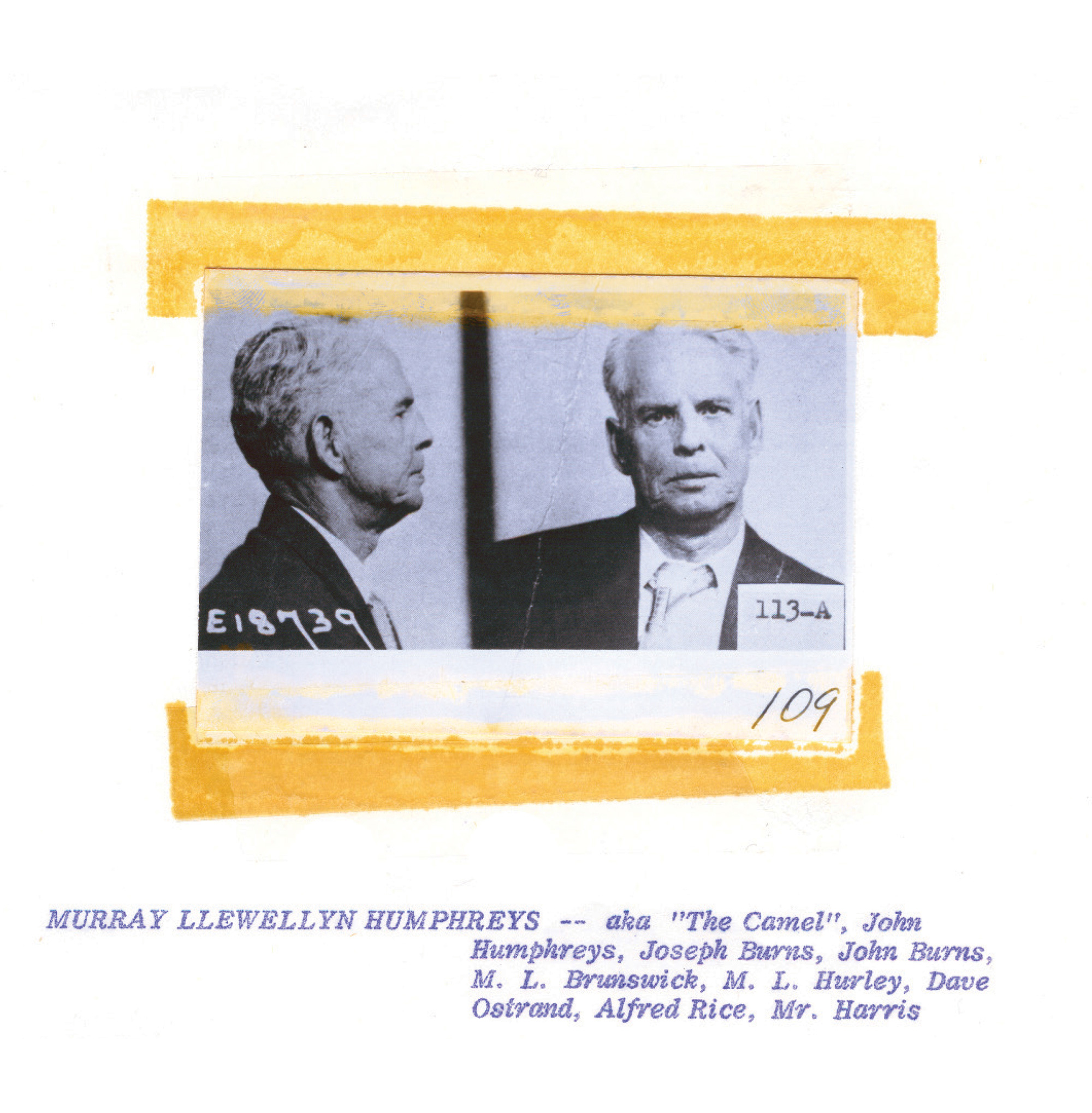
Christopher Turner is an editor at Cabinet and is currently writing a book, Adventures in the Orgasmatron: How the Sexual Revolution Came to America to be published by Farrar, Straus and Giroux.